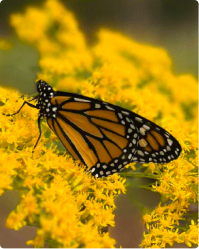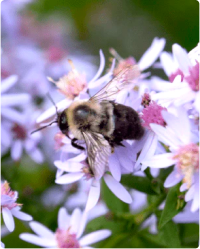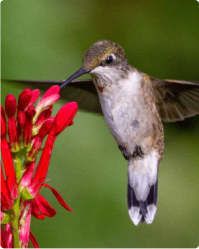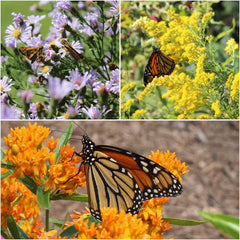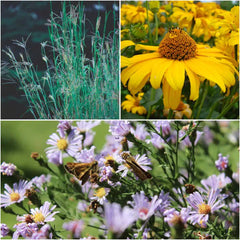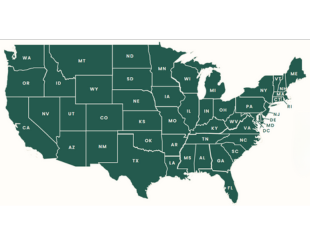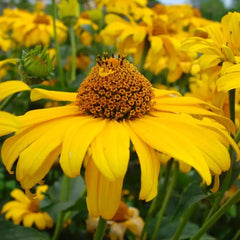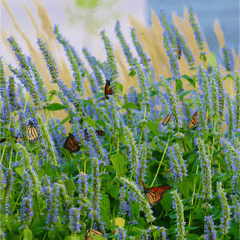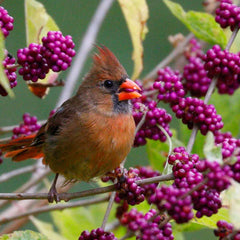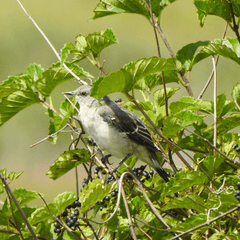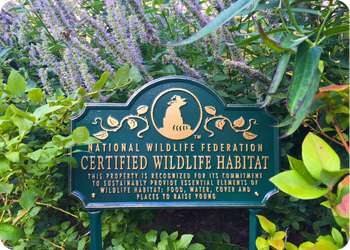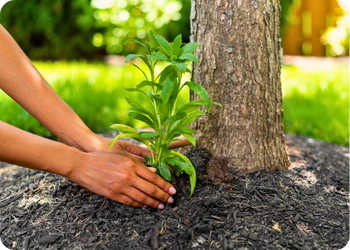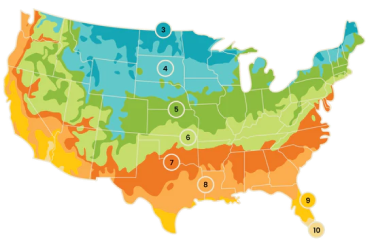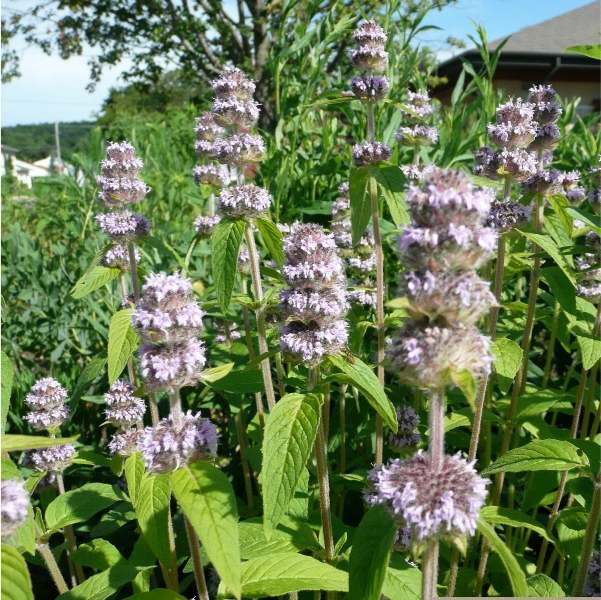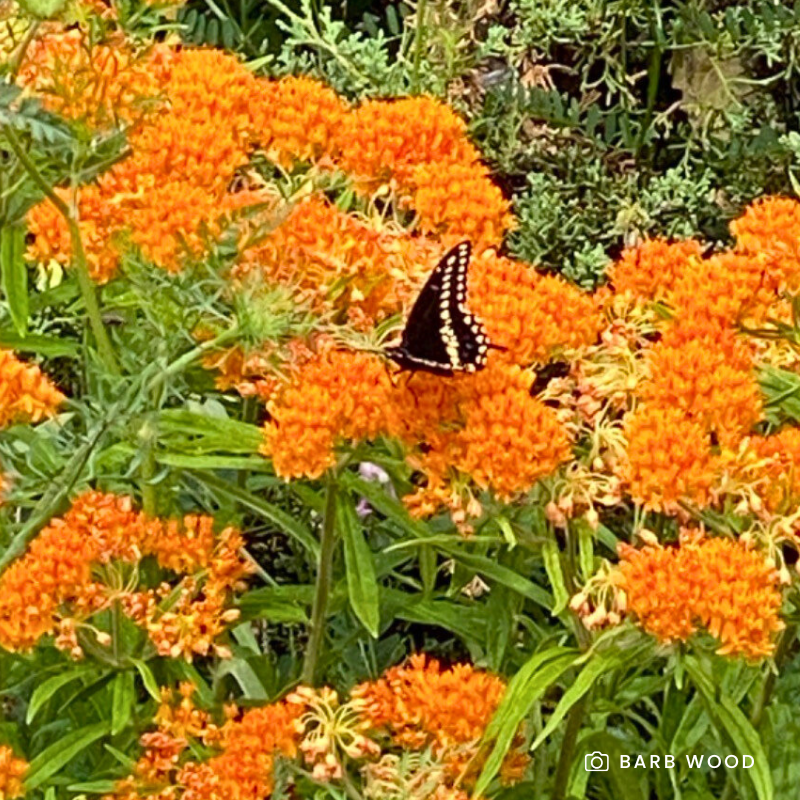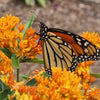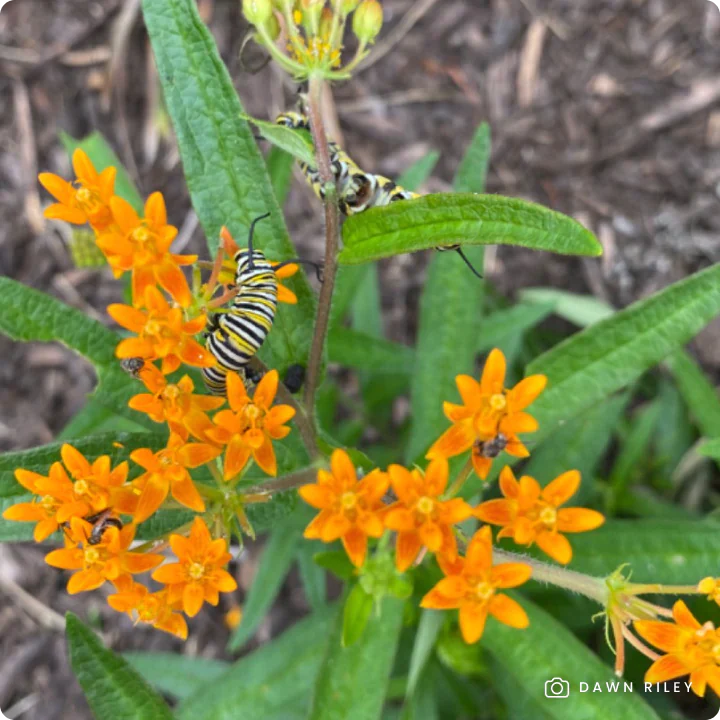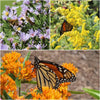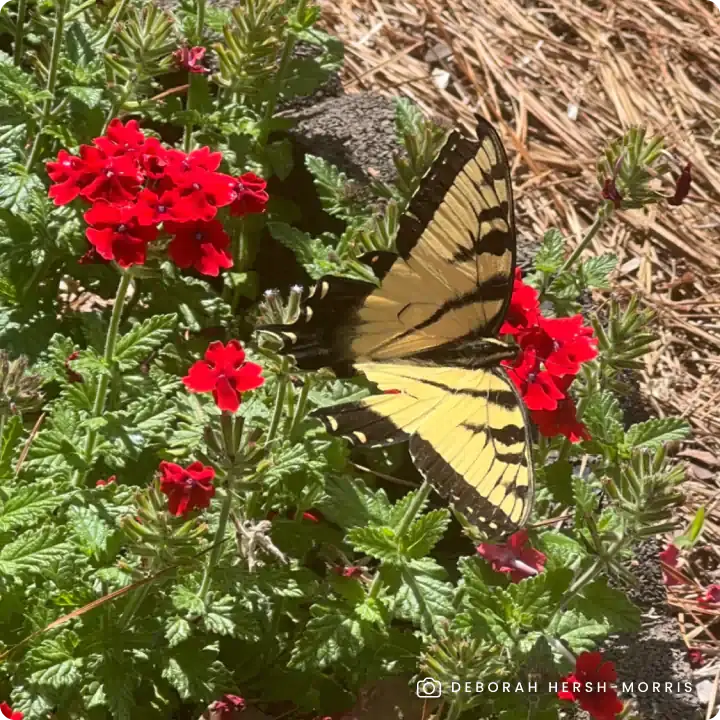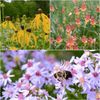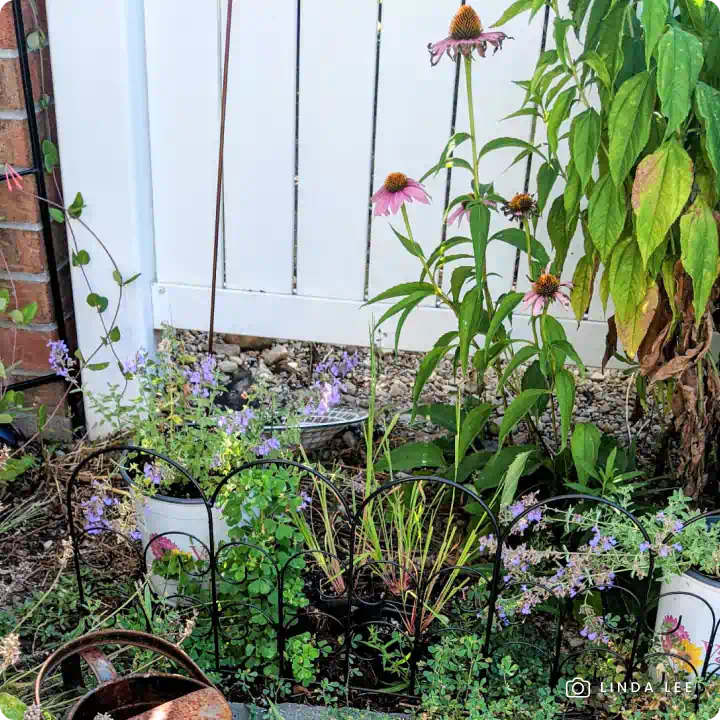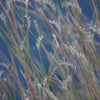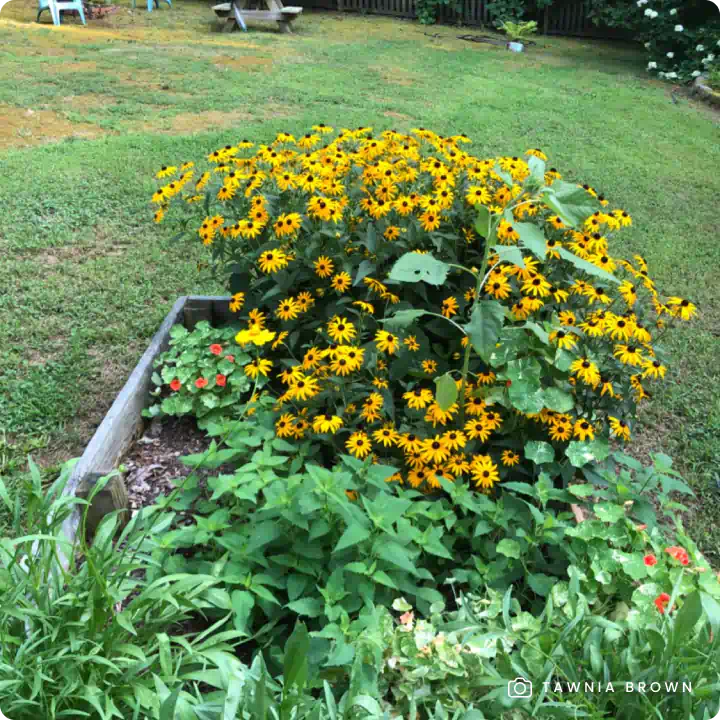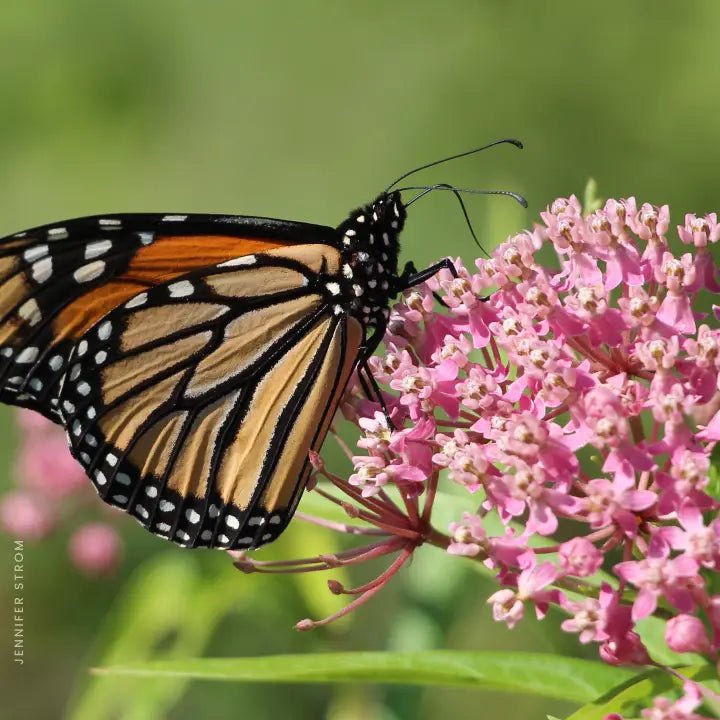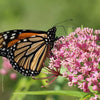Downy Woodmint (Blephilia ciliata) is a pollinator favorite, producing charming lavender flowers in both spring and fall that serve as magnets for butterflies, bees, and moths. Unlike more aggressive mints, this native perennial spreads at a manageable rate, making it a low-maintenance addition to any pollinator-friendly garden. With its adaptability to full sun, part shade, or full shade, downy woodmint is perfect for woodland edges, shaded borders, and naturalized landscapes.
Key Features:
- Pollinator Favorite: Provides nectar-rich blooms in spring and fall, supporting butterflies, native bees, and moths.
- Shade Adaptable: Thrives in full sun to full shade, making it a great choice for woodland gardens, shaded borders, and open meadows.
- Mildly Spreading: A member of the mint family but less aggressive than other mints, making it easy to manage.
- Aromatic Foliage: Lightly fragrant leaves add texture and interest to your garden.
- Drought Tolerant: Requires little water once established, thriving in well-drained soils.
- Deer Resistant: Naturally unappealing to deer, ensuring long-lasting blooms.
- Pollinator-Safe: Grown non-GMO and free of harmful neonicotinoids, promoting a healthy ecosystem for pollinators and wildlife.
Available in sets of three, six, or 12 plants to suit gardens of any size.
Why Choose Downy Woodmint?
Downy woodmint is a low-maintenance, pollinator-friendly perennial that adds beauty and ecological value to a variety of garden settings. Whether filling shaded spaces, brightening a pollinator garden, or complementing other native perennials, its delicate lavender blooms and aromatic foliage provide seasonal color, texture, and wildlife benefits.
Planting Tips:
- Location: Thrives in full sun, part shade, or full shade with well-drained soil.
- Watering: Water regularly during the first growing season to establish roots; drought-tolerant once established.
- Maintenance: Minimal care required. There's no need to deadhead the flowers, as allowing them to go to seed provides a valuable food source for birds. Leaving the stems standing in the fall offers overwintering sites for beneficial insects. If desired, cut back the stems in late spring after pollinators have emerged.
For more information on planting, view our How to Plant Your Native Plants guide and other planting tips in the Garden for Wildlife Learning Center.
Add downy woodmint to your garden for its delicate lavender blooms, adaptability, and pollinator-friendly benefits. A must-have for any wildlife-friendly or shade garden!
